Throughout all the teams I have documented uniforms, they consist of all team members wearing the same uniform. Soccer and Volleyball break that trend, but only one player is outfitted in something different, yet still rather similar. The AUMB is a completely different undertaking. The band consists of the drum majors, the band itself, and the Tiger Eyes, itself consisting of subgroups with a uniform of their own. That’s a lot of different pieces that come together to create one cohesive look on game day. Let’s try and break down the Auburn University Marching Band aesthetic. This might take a while.
Let’s start with the band, itself. The majority of the AUMB members are given nine pieces of uniform – two jackets, two pairs of pants, two t-shirts, shoes, hat, and a raincoat. The jackets come in blue or orange, while the pants are white or blue. The two shirts come in orange or blue, with the band typically wearing the shirt opposite the color of their jackets. The jackets have a contrasting-colored collar, which the t-shirts are meant to match. The band will mix and match the two jackets and pants throughout the season. Orange jackets and blue pants are typically worn early in the season as to keep from getting dirty early on. Unfortunately, the “blueberry” uniform, as they’ve been lovingly nicknamed, is rarely worn at home, but will occasionally been chosen for pep band road games. I’ve been told that Dr. Corey Spurlin, AUMB Director, prefers the blue jackets paired with the white pants, as the white pants with white shoes show the sharpness in marching skill.
Just about every member of the band wears a hat, which is called a “shako.” Shakos were originally worn during war, mostly in the 1800s, back when soldier uniforms were a bit more fashion-oriented rather than build for safety. The Auburn shakos are orange with a large blue stripe, flanked by two thinner white stripes. The AU logo is placed front and center. The shakos also feature a metal chain link across the blue bill. Also, when on the field, you’ll see the band wearing feathers on top of their shakos. These feathers are called “plumes,” and also have origins back to 19th century war. The purpose of the plume is to make all band members appear to be the same height from afar.
A big theme throughout these uniforms are the stripes. Auburn loves stripes, and the band is no different. Auburn’s traditional Northwestern Stripes are located all over the band uniforms in some form or fashion. The jackets alone have the stripes across the chest on the sash and on the sleeves. The pants also showcase the stripes, in a truer representation of the correct size and spacing. The other stripes are a bit off on what truly constitutes a Northwestern Stripe.
The jackets feature two different Auburn logos. The official AU logo is placed on the back, flanked by white piping. The front of the jacket features the “band A” logo, which consists of an eagle head silhouette making up the bottom leg of the “A” shape. The “band A” logo has been a favorite of band members and alumni, but rumor is that it has fallen out of favor of administration and could be on its way out. The logo also does not show up on the official Auburn University logo sheet, so it could be a larger branding decision rather than solely a band-made one.
The drum major is the leader of the band, both musically and functionally. Naturally, they must stand out from the rest of the band. The Auburn drum majors wear all white, including white shakos. They don’t have a secondary uniform to change things up, as the rest of the band. The drum major uniform design is rather similar to the other uniforms, having stripes on the sash and pants. The jackets also have the sleeve stripes replaced with a large blue cuff striped in orange. The biggest difference is the cape, which is actually pinned in place to keep from flying around while directing or saluting during pregame.
As the band prepares to enter the field for pregame, the drum majors line up in the south end zone, with the head drum major performing a special routine, referred to as a “salute,” with the staff they all carry. The staff is called a “mace,” which is primarily used in the pregame salute. One of the best parts of the pregame show is when the drum majors stab their maces into the ground, with a large “boom!” from the crowd.
A marching band is made up of more than just music. There’s a highly important visual aspect as well. The non-musical portion of the AUMB consists of a few groups, collectively named the Tiger Eyes. The Tiger Eyes consist of three separate lines – flag, majorettes, and dancers. The Tiger Eyes moniker was given to the entire group in 2005, when the dance line was added to the marching band. The flag line was added in 1985, and the majorettes have roots dating back to the 1940s.
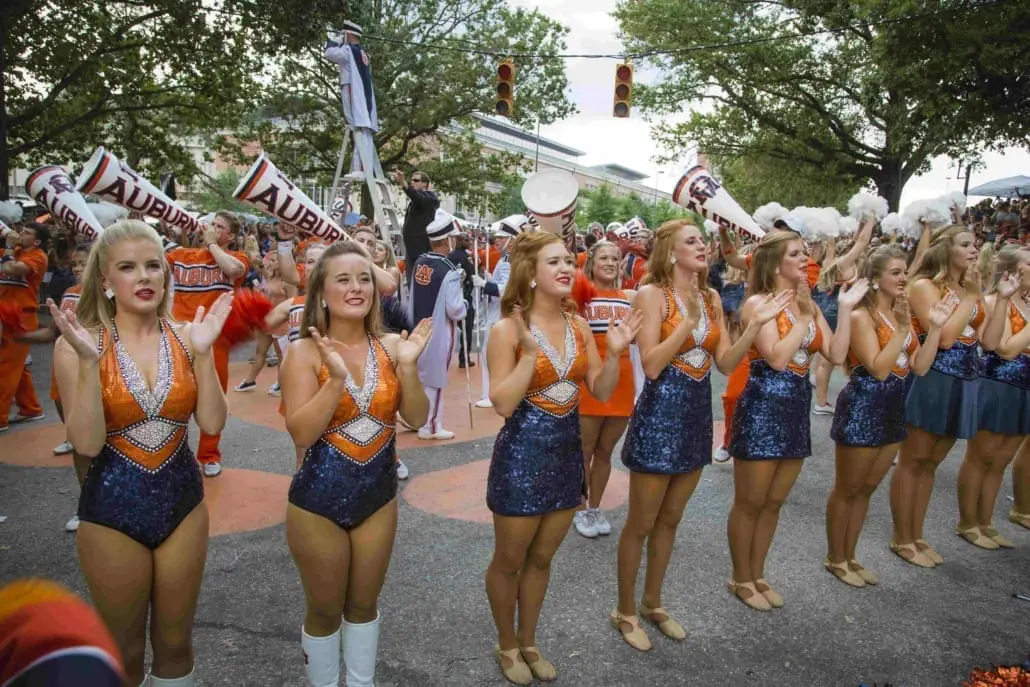
The three lines making up the Tiger Eyes each have a different style of sequin. (image via Keith Stephenson)
While the three lines have very similar uniforms, there are some differences. These Tiger Eye uniforms, nicknamed “sequins,” are special, as they are all hand made prior to the season. Each line wears similar uniforms, but their overall appearance various between lines. New uniforms are made prior to each season.
The majorettes wear a one-piece full-sequin leotard, while the flag line and dance line wear skirts. The flag line’s skirts are considerably longer and looser than those of the dance line. The dance line’s skirts are attached to the top and are full sequin. The flag line has worn pants in previous seasons, but has not worn them in recent seasons. The majorettes also wear boots, while the other two lines wear nude-colored dance shoes.
The current AUMB uniforms have been worn since 2007. Previous to the change, the drum majors actually wore orange, while the band had a white option to go along with their blues. Some of the designs have been carried over to the current uniforms, but much has changed.
The old band uniforms came in white and blue, and featured a contrasting placket design (i.e. the buttons on the front of a shirt) that looks like it would have created a Northwestern Stripe if buttoned. A rope (“aiguillettes” or “citation cord”) was placed around the shoulders. The sleeves on the white jackets had a cuff stripe similar to the current drum majors’ look, where the blue jackets featured a Northwestern Stripe chevron design on the cuffs. The shakos were rather similar – orange with blue and white stripe – but had a white brim as opposed to the current blue. The AU logo on the front also replaced a military-style eagle emblem. The jackets had the AU logo and the “band A” swap places.
The drum major uniforms were similar to the band uniforms, but in orange. They also sported some frilly shoulder pads (“epaulettes”) tied to the jackets. Female drum majors actually wore shorts with majorette boots for some time during this set’s lifetime.
Auburn’s marching band has deep roots in military style. From the uniforms to the style of marching, it’s all influenced by historic war bands. The AUMB was formed in 1897, under the lead of first director M. Thomas Fullan, due, in part, to the large cadet population on campus and the requirement to teach “military tactics” since the University accepted state funds to operate.
The uniforms have always had a certain look throughout history. The AUMB purchased new uniforms in 1985, which were described as “West Point uniforms.” Naturally, things change when necessary. Below is a slideshow of historic Auburn University Marching Band images.
The Auburn University Marching Band recently raised $3 million for a new practice facility, cutting the ribbon on the facility in September. The new facility features brand new turf field painted identically to Pat Dye Field inside Jordan-Hare Stadium, dressing rooms, practice pavilion, and instrument storage buildings.
Along with the new facilities, the AUMB is expected to also purchase new uniforms, presumably debuting them next season. The current uniforms are about ten years old, so it’s about time for a new set.
The AUMB has impacted Auburn history in many ways. One aspect might be more important and that other story, and very few people know it. According to The War Eagle Reader, Fritz Siler, a sophomore in 1965, sketched a simple “A” and “U” on to the side of his drum to be a bit more identifiable. Siler’s AU drum made its first appearance in the 1966 A-Day game, a few months before the logo was first worn on the football helmets. Siler has never been officially recognized as the creator of the AU logo.
Many of the images used in this post come via Keith Stephenson, photographer for the Auburn University Marching Band.
Enjoy uniforms and want to see more like this? Be sure to follow the Auburn Uniform Database, like the AUD Facebook page, and follow me on Twitter for even more uniform news. Also, you can support this site by purchasing AUD t-shirts and other merchandise. You can also purchase your favorite team’s merchandise through Fanatics, with a portion of your sale going to support this website.
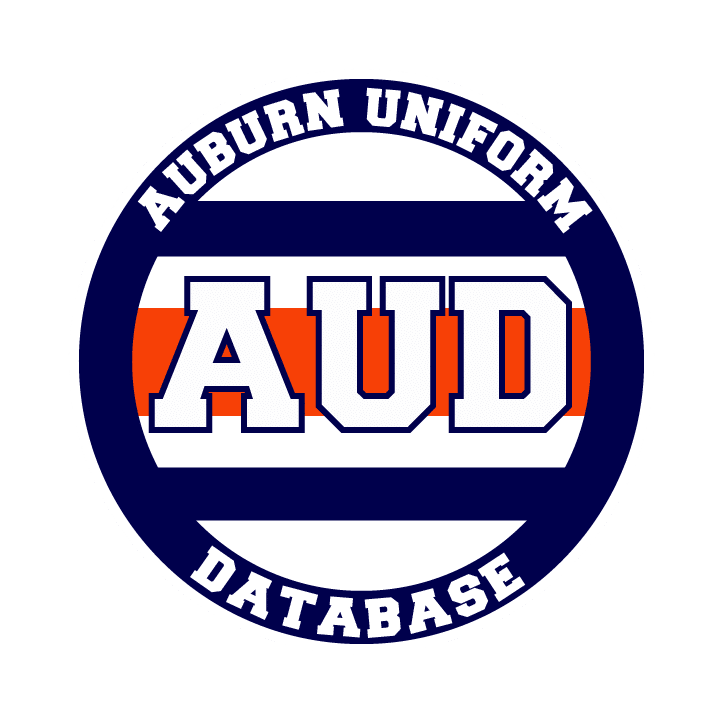

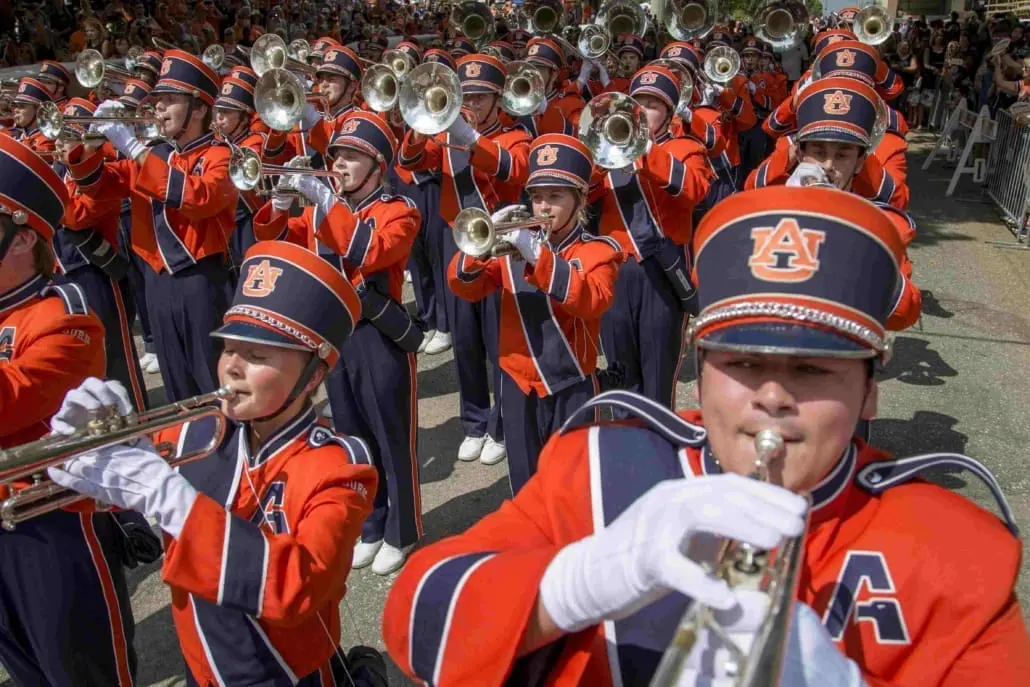
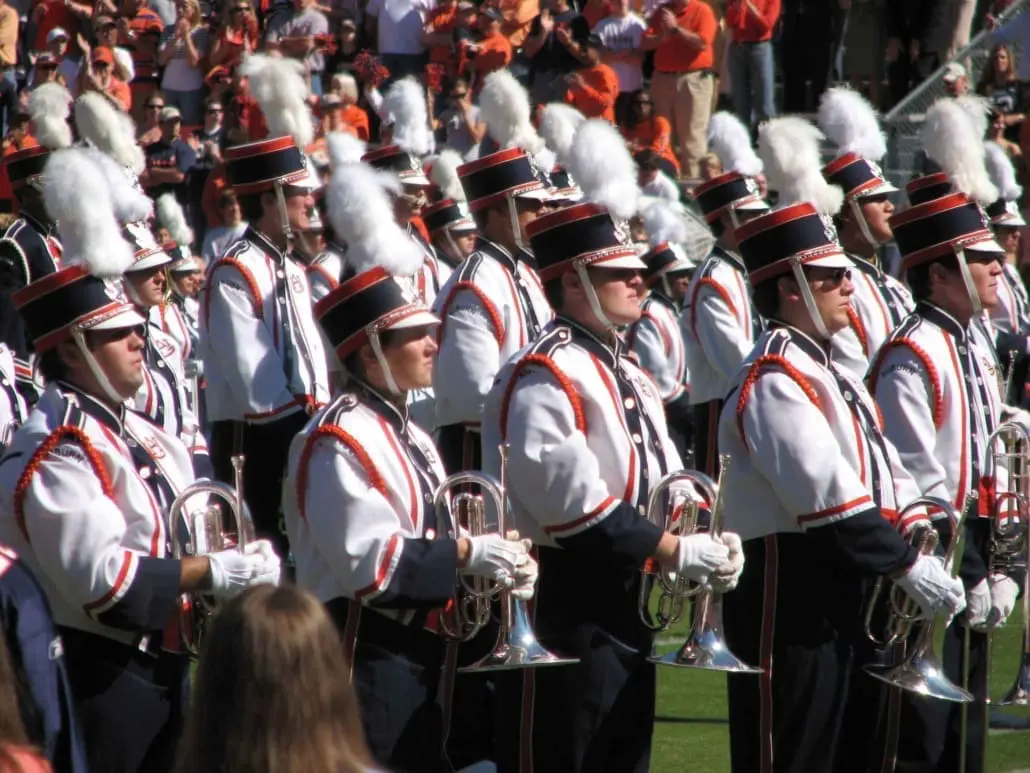


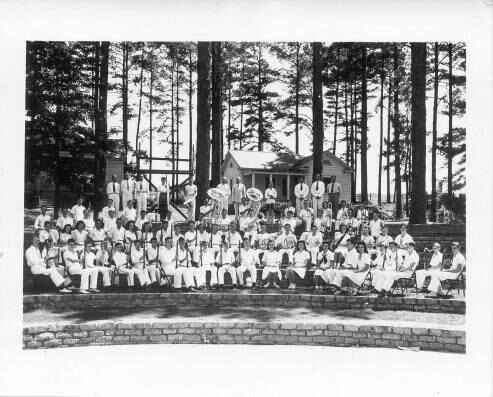


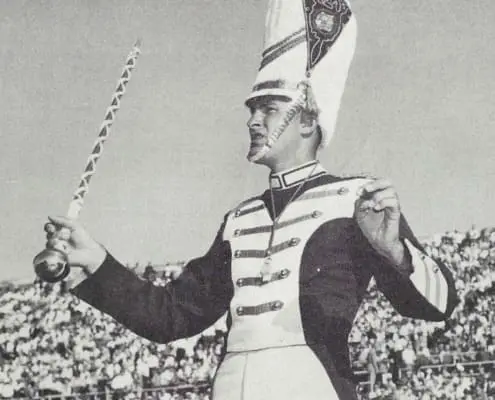
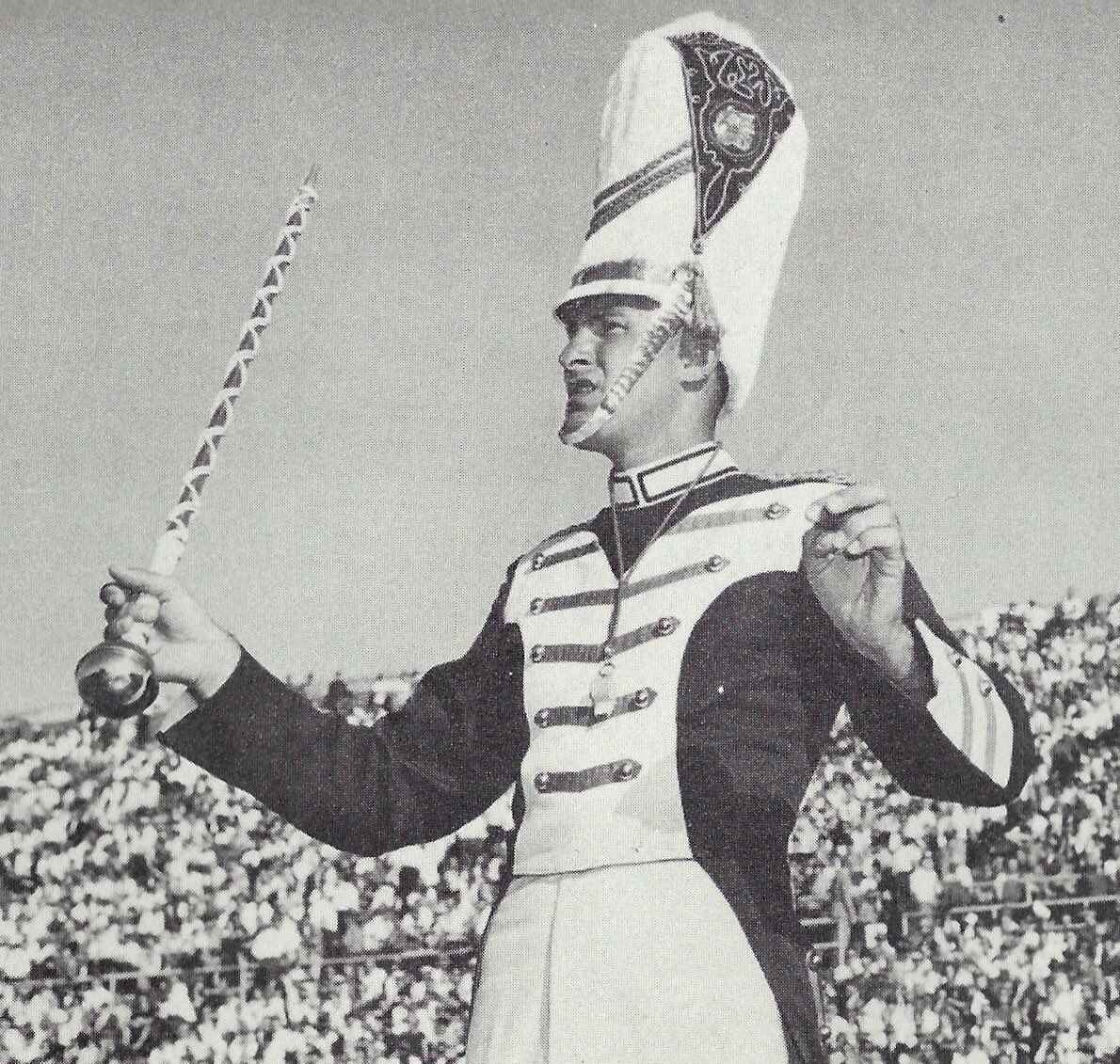
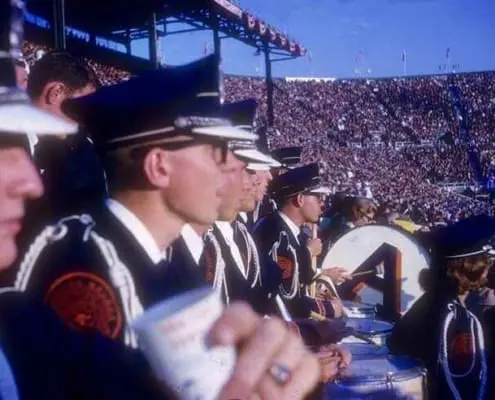
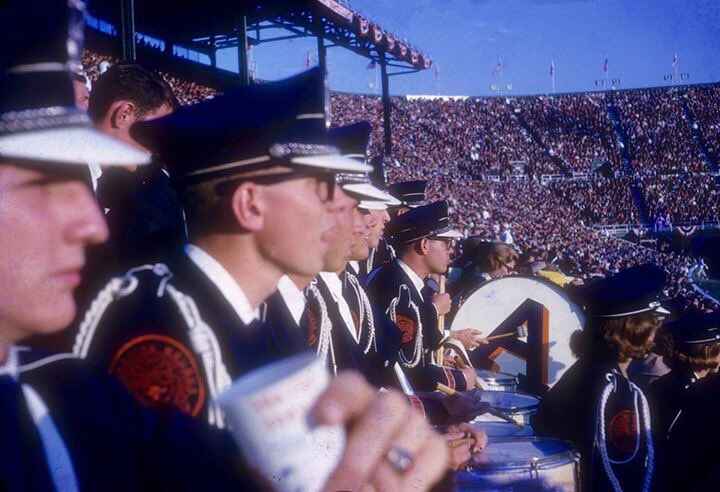
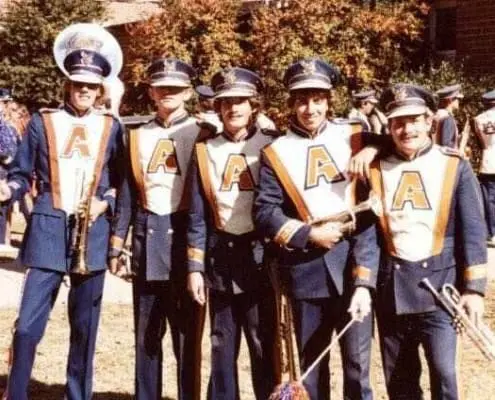

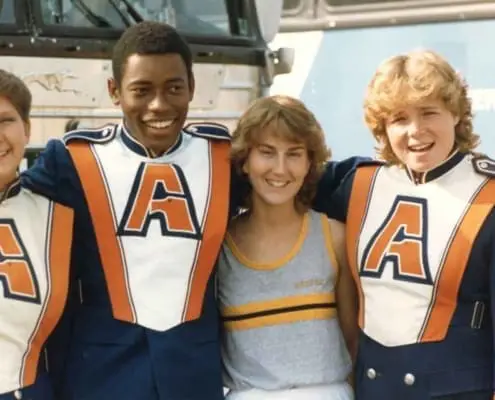
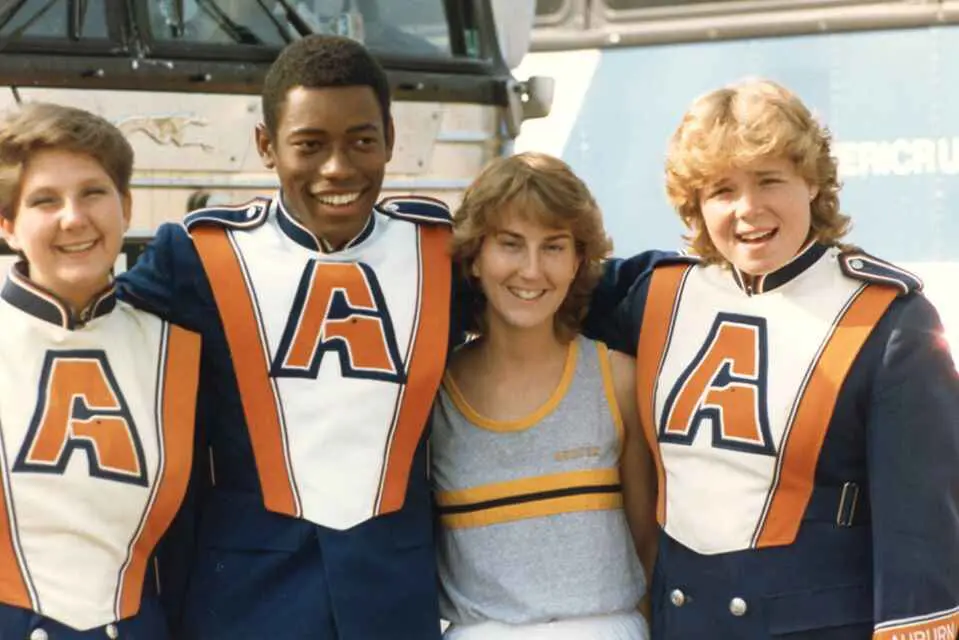


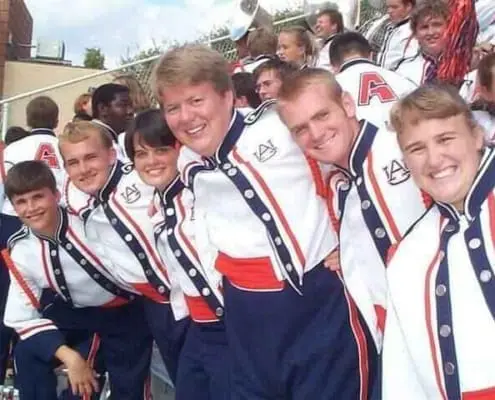
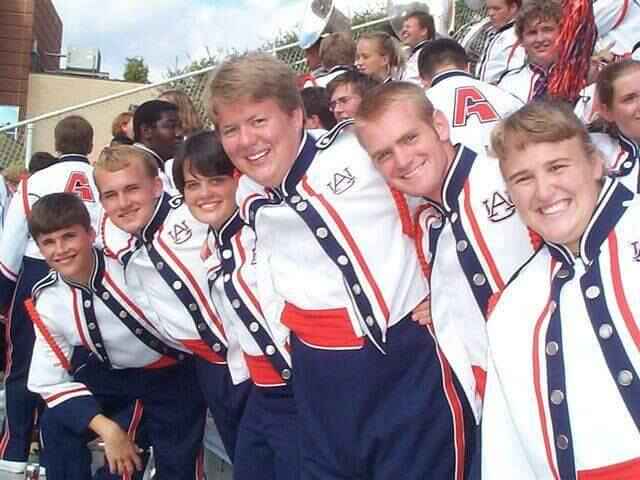
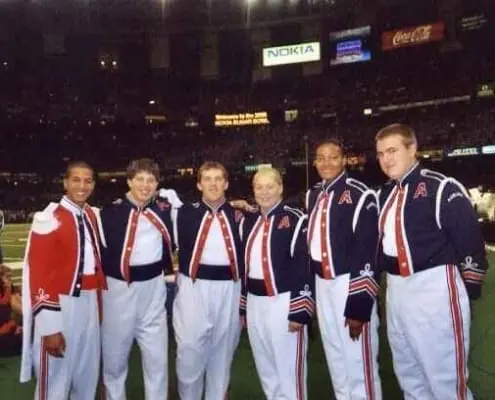
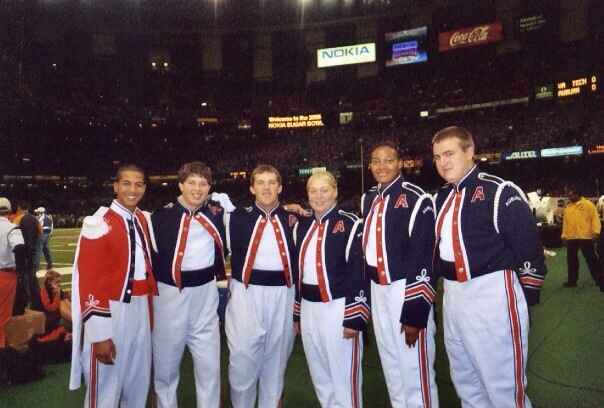
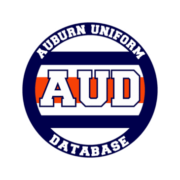

Leave a Reply
Want to join the discussion?Feel free to contribute!